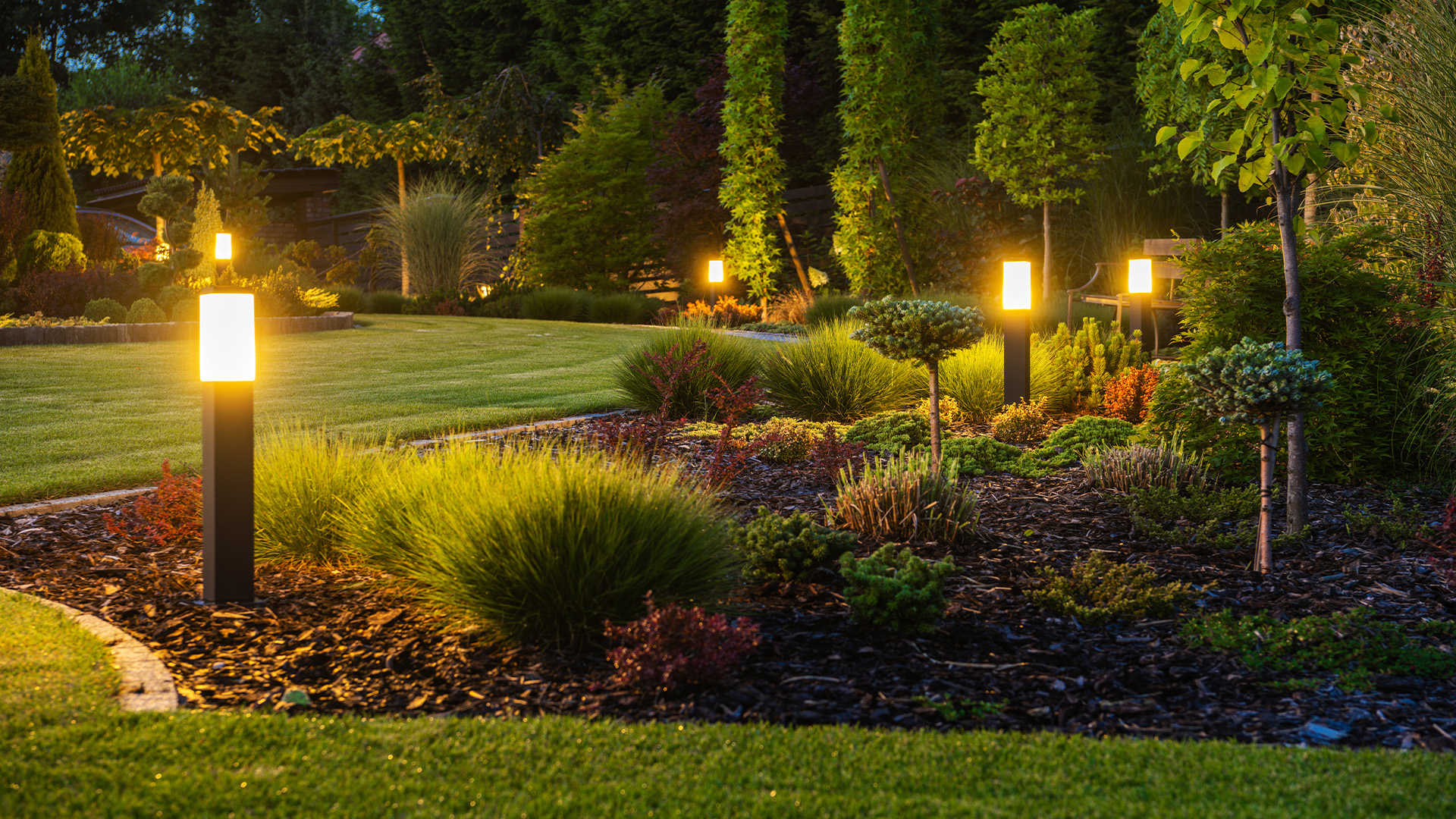
Smart lighting has been a genuine revolution over the last decade or so, going from a niche and complicated option to a plug-and-play upgrade that can massively change the character of a home or outdoor space with almost no complicated work needed.
If you've already got your interior lighting set up just right, or if you're interested in a full-scale upgrade that encompasses more than just your living spaces, you might be curious about whether you can give your garden or yard a lighting makeover. Good news – it's easier than you think, and there are a bunch of steps you can take to completely change how your garden looks and feels. We've gathered a bunch of these for you right here, so read on for some inspiration and guidance.
Create your vision
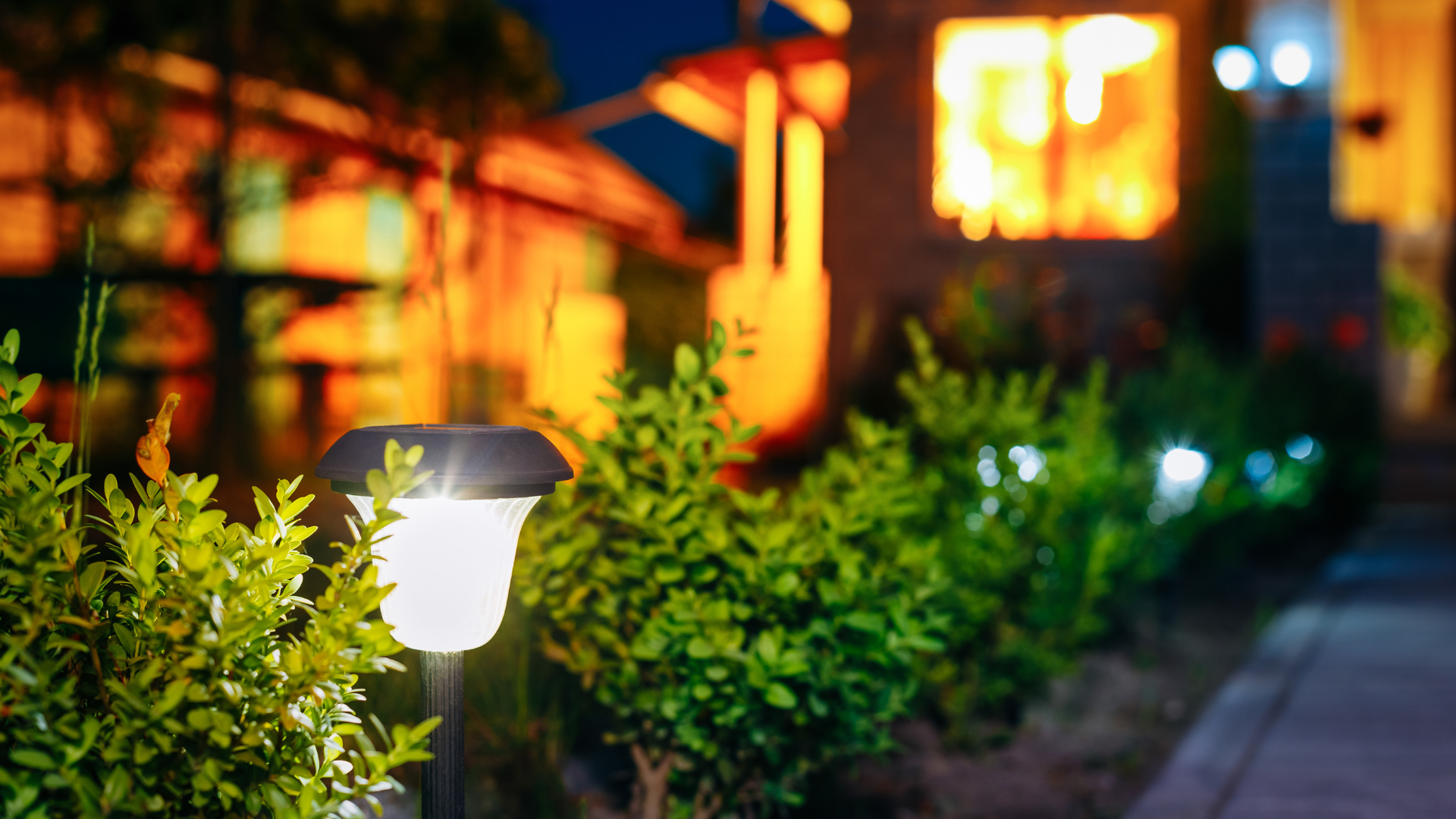
Before you get started shopping for the perfect lights for your garden, it's probably important to have a vision for what you want the space to look like. This might be in anticipation of some deeper landscaping work, or you might already have your garden set up just how you like it.
That layout will make a big difference to the sort of lighting you can accommodate, though. After all, you might have a large patio or seating area, or you could have a large lawn, or you could have a more jungle-like overgrown vibe – any of which will probably warrant different lighting methods.
So, take a look and then sit down and work out where you think the lights should be, and consider what type of light might fit in each location. Do you want them all to match, or are you happy with a more eclectic feeling. From there, you can move on to more precise decisions.
Think about power
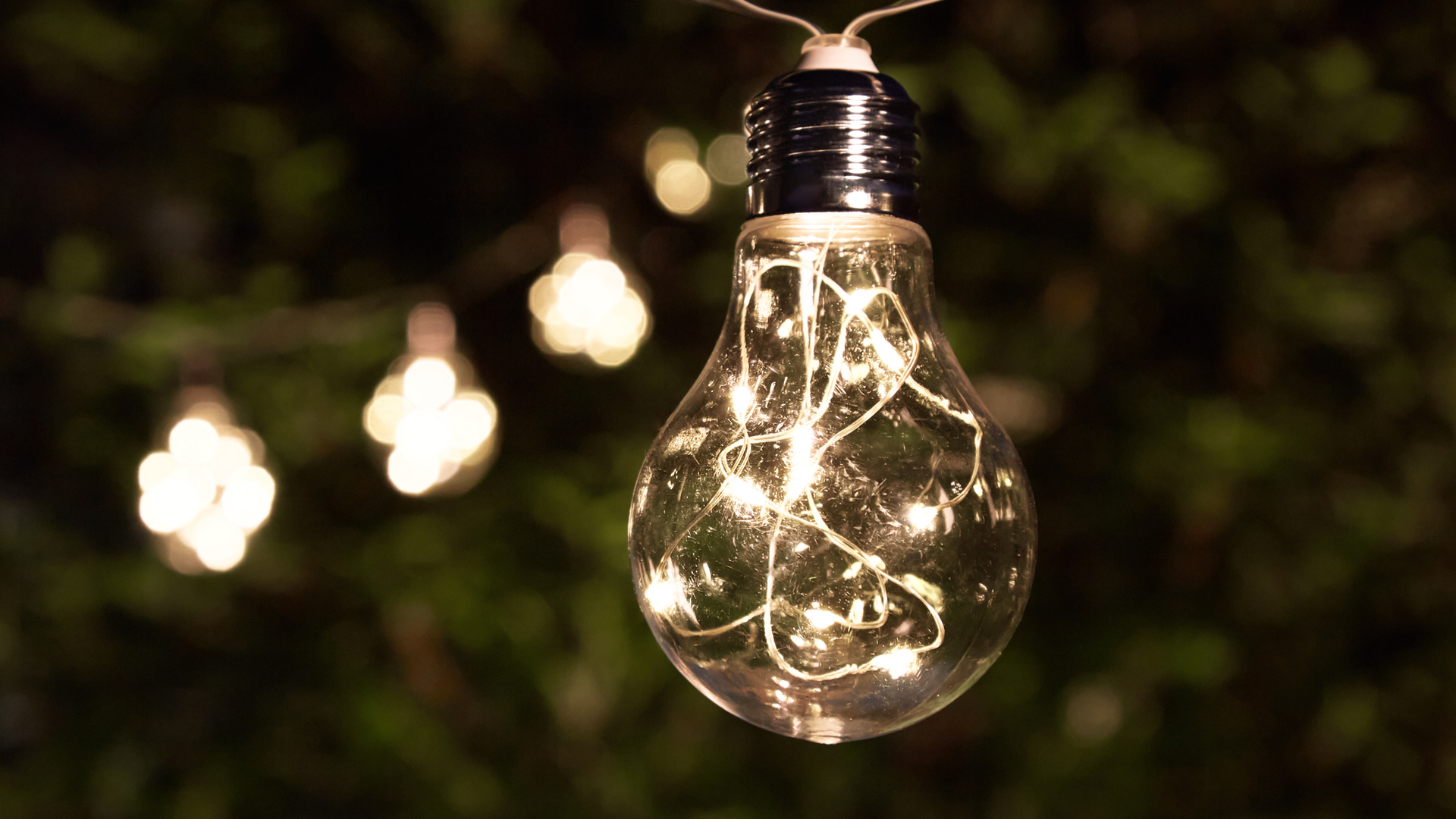
When it comes to outdoor lights, there are quite a few different ways to power your fixtures, and each of these has benefits.
You could opt for more permanent, wired-in lights that draw power from your home's grid to ensure that you can use them whenever you want without any caveats.
Others can work from battery power, with recharging options to make it easy to get them powered up when needed. There's also the option of solar power, with small solar panels having become way more efficient in recent years – you can get genuinely bright lights that draw all their power from the daylight they soak in.
Each of these is worth considering, and which is best probably comes down partly to where they'll be located in the garden. On a deck, for instance, getting mains-powered lights might be pretty easy, but further out from your house you might find solar is the simpler way to go.
Layers of light
While you plan out your lighting, don't forget that different lights have different purposes. While wall-mounted lights might output the most lumens in many cases, they're not necessarily going to be ideal for lighting the path in a lawn – for those, you might need ankle-height stake lights or some other type of path light.
The good news is that there are lights to fit almost any type of setup, so you should find something for you whether you're lighting a firepit, a deck, a path or a flowerbed.
A colourful life?
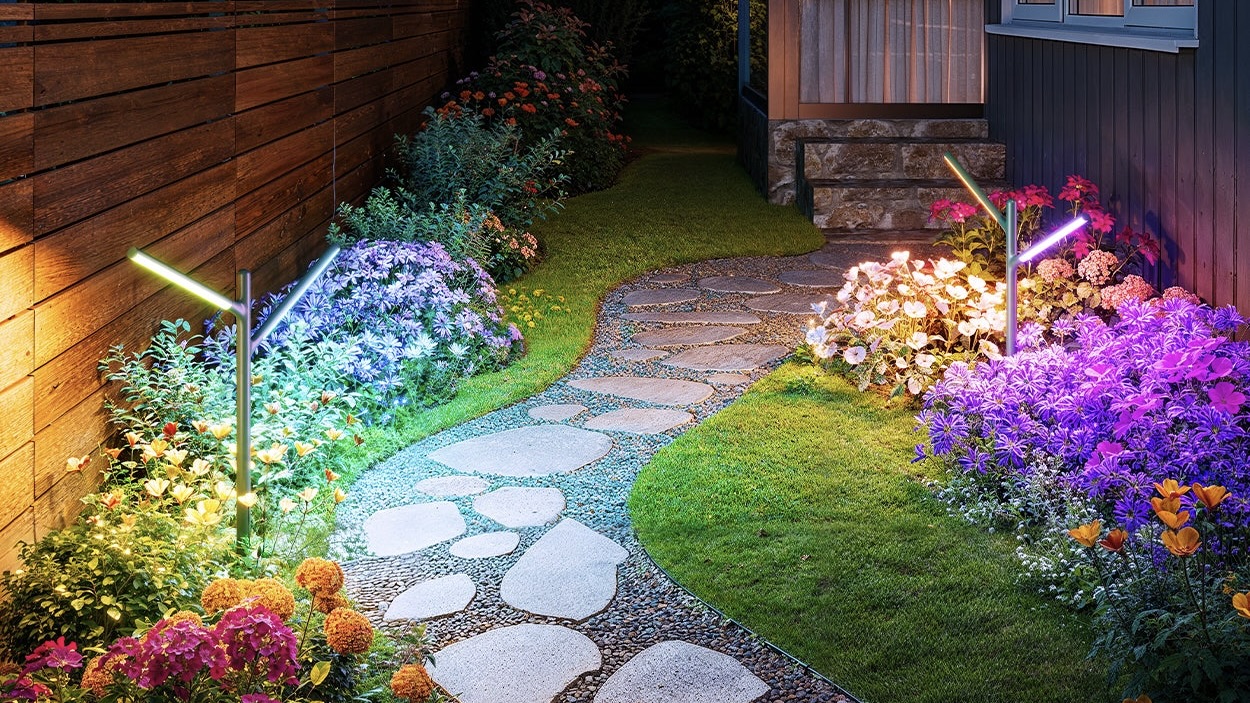
There are two ways to go when it comes to outdoor lighting, and they can be summed up by one question: do you want colour?
Many smart lights can cycle between practically any colour in the rainbow, generally programmable from companion apps, but plenty of others are limited to simple white light (to varying degrees of warmth). Choosing between those two options can have major consequences for your garden's lighting.
Some people will say that classic warm white lights are the classiest possible look for an outdoor space, but plenty of others will counter by pointing out how many more options you have with full-colour smart bulbs. We tend to agree with the latter camp, since good colour bulbs will also naturally have the ability to produce white light, while the same isn't true in reverse.
Pick an ecosystem
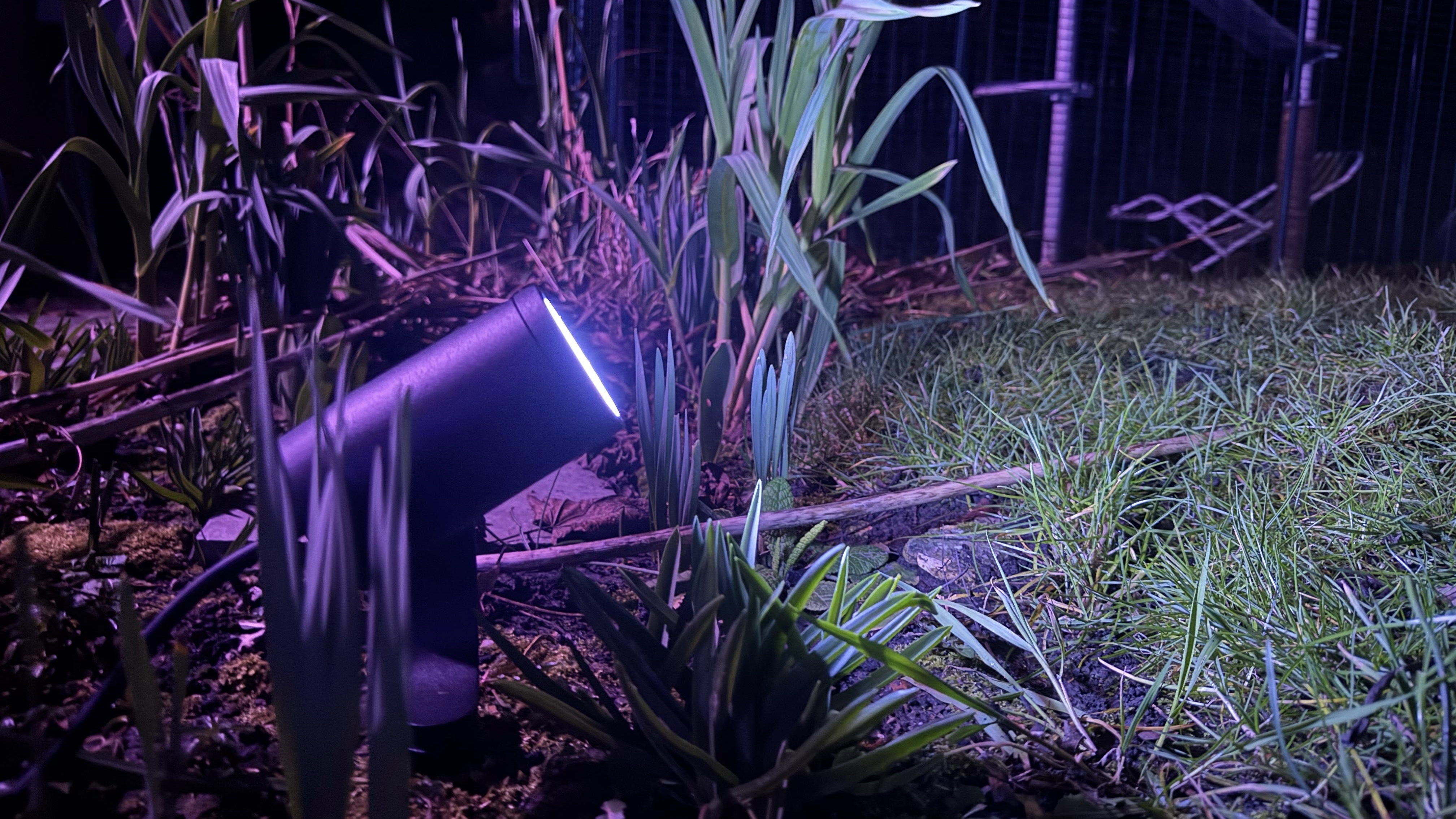
When you're dealing with smart lighting (which I think is a smart move when it comes to outdoor lighting), you might want to consider picking one brand or ecosystem that you stick with for all of your purchases.
While plenty of well-made smart lights now have the ability to interact with each other and be controlled centrally thanks to standards like Matter, you can still sometimes find that life is just easier if you have a single family of devices to link up.
The biggest name in this space is Philips Hue, which has a wide range of outdoor lighting options you can check out, from string lights to garden stakes and wall lights – many of them weatherproofed and almost all of them controllable remotely.
The asterisk to this is that Philips' lights are on the premium end of the market, so you might well find better bang for your buck elsewhere.
Dumb lights are budget wonders
Of course, all of that talk of smart lighting shouldn't mean that you're forced to use it. Those looking to get their outdoor space lit up could do it very nicely on a way smaller budget if they're happy to forego app integration and smart home features.
After all, if the thing you're really looking for is just some atmospheric lighting once the sun starts to set, it's probably no big deal to use an old-school remote control, or even to go around turning your lights on one by one. It's how people have been managing outdoor lights for decades, and it still works.
You can just head to your local hardware store or garden centre, which is almost certain to have a stock of weather-resistant outdoor lighting, and stick to the budget end of things. This is more likely to restrict your options in terms of colours, but as we've already touched on, that won't be a major issue for a whole heap of folks.







